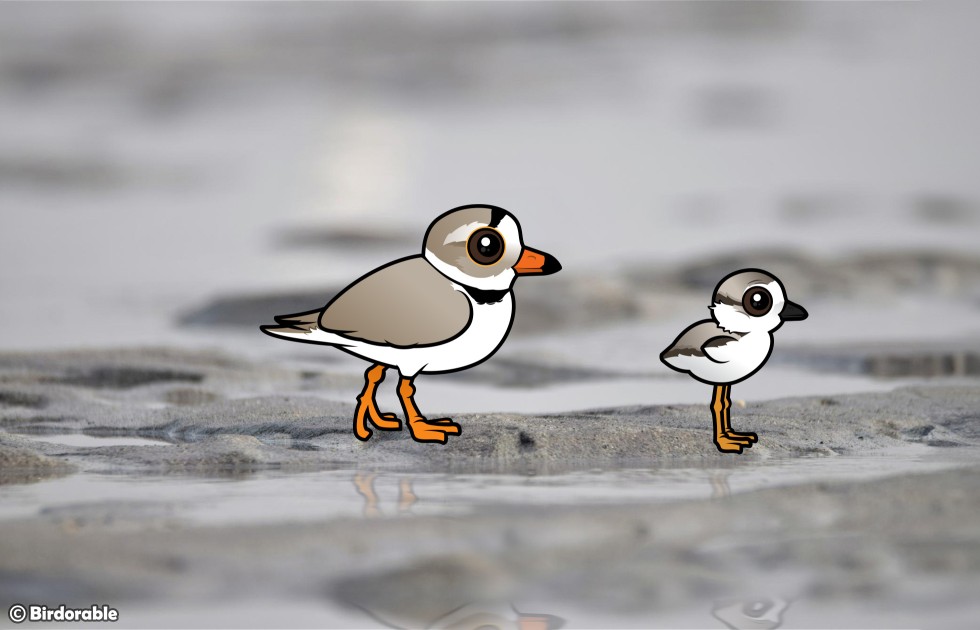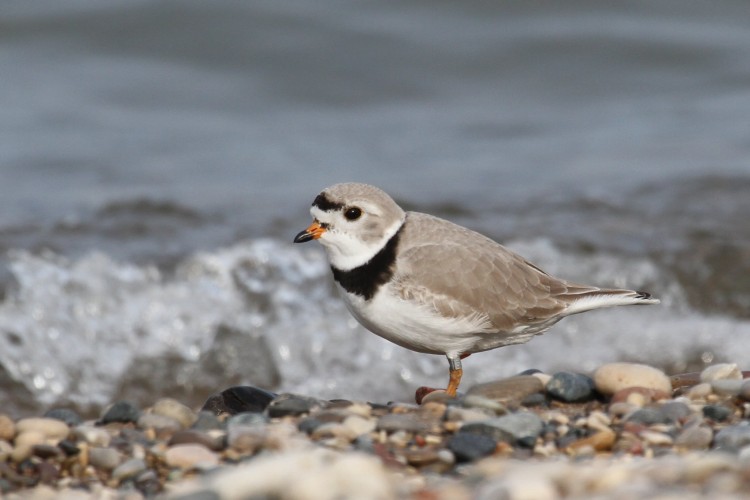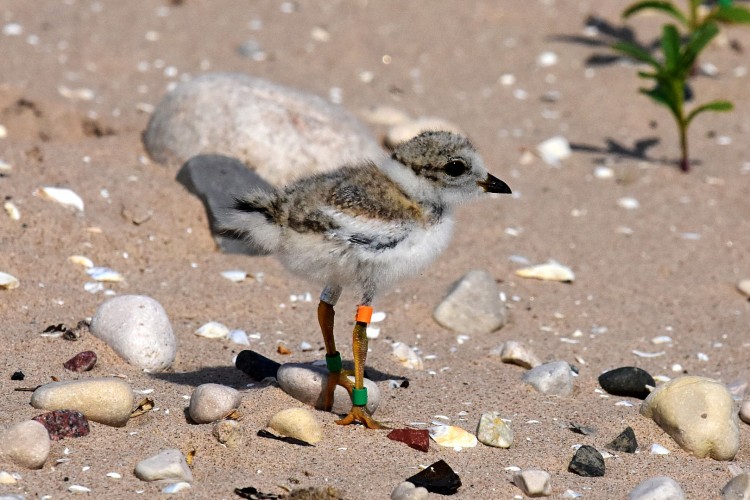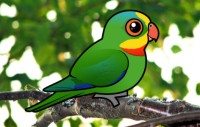Understanding the Plight of the Piping Plover – Conservation Efforts and Successes

Birdorable Piping Plover and chick
The Piping Plover, a small charming shorebird, is more than just a subject of interest for birdwatchers and conservationists; it symbolizes the ongoing struggle for survival in an ever-changing environment. Classified as threatened or endangered across various regions, the Piping Plover's plight has evolved over the years, reflecting both challenges and progress in conservation efforts.
Piping Plovers breed in North America, particularly along the Atlantic Coast, the Great Plains, and the Great Lakes regions. Their habitats are specific and sensitive, comprising sandy beaches and shores where they lay their eggs in shallow scrapes lined with pebbles or shell fragments. The birds' camouflaged plumage blends seamlessly with their surroundings, an adaptation that, while beneficial for avoiding predators, also makes their nests vulnerable to human disturbance.
Efforts to protect the Piping Plover have intensified over the years. Regions such as Cape Cod and the Cape Hatteras National Seashore have implemented stricter measures to safeguard these birds, especially during the critical breeding seasons. Access to specific beaches is restricted or carefully managed, and both local authorities and conservation organizations work tirelessly to educate the public on the importance of these measures. These actions are critical not only for the plovers' survival but also for the preservation of the delicate ecosystems they inhabit.

Piping Plover in South Milwaukee by Rita Wiskowski (public domain)
The Endangered Species Act (ESA), a cornerstone of environmental protection in the United States, has played a pivotal role in the conservation of the Piping Plover and countless other species. Despite facing threats and challenges to its authority, including legislative proposals that sought to weaken its provisions, the ESA remains a powerful tool for conservation. Recent years have seen a reaffirmation of the importance of expert, scientific consultation in assessing the impacts of federal projects on endangered species, ensuring that decisions are informed by the best available science.
The situation for the Piping Plover illustrates the complexity of conservation in the modern world. Success stories, such as the increase in certain populations due to dedicated conservation efforts, are tempered by ongoing threats, including habitat loss, climate change, and human recreation activities. Conservationists stress the importance of continued vigilance and adaptive management strategies to address these challenges.
Innovative conservation strategies have also emerged. Techniques such as predator management, habitat restoration, and the use of symbolic fencing to protect nests have all contributed to the species' recovery in certain areas. Public engagement and education continue to be vital, as community support and awareness can significantly impact conservation outcomes.
It's clear that while challenges remain, there is also reason for hope. The dedication of conservationists, combined with legislative protection and public support, has made a difference for this species. However, the Piping Plover's story is far from over. It serves as a reminder of the ongoing need for conservation efforts and the importance of protecting our planet's biodiversity for future generations.

A banded Piping Plover chick by USFWS Midwest Region (public domain)













Comments
Leave a comment
Thank you!